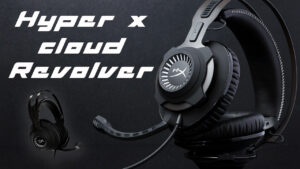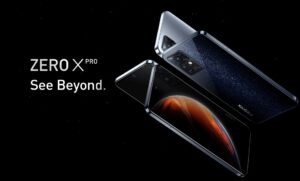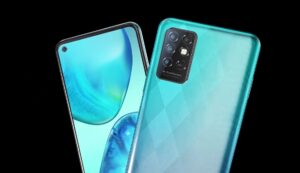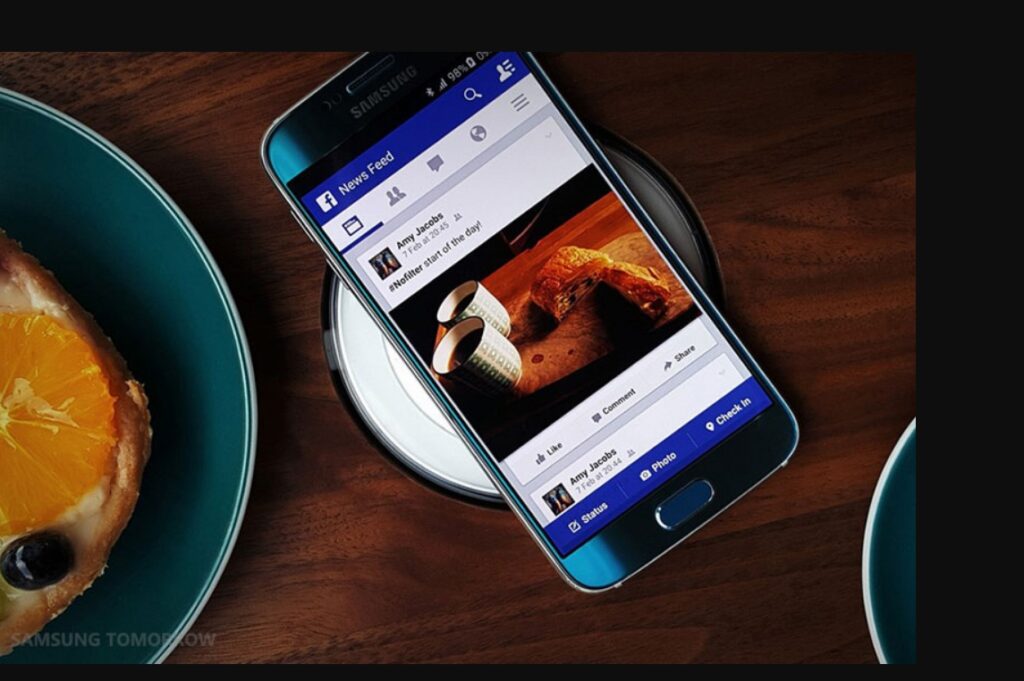
One of the fascinating functions that high demand in Smartphone devices is the possibility of charging mobile phones wirelessly.
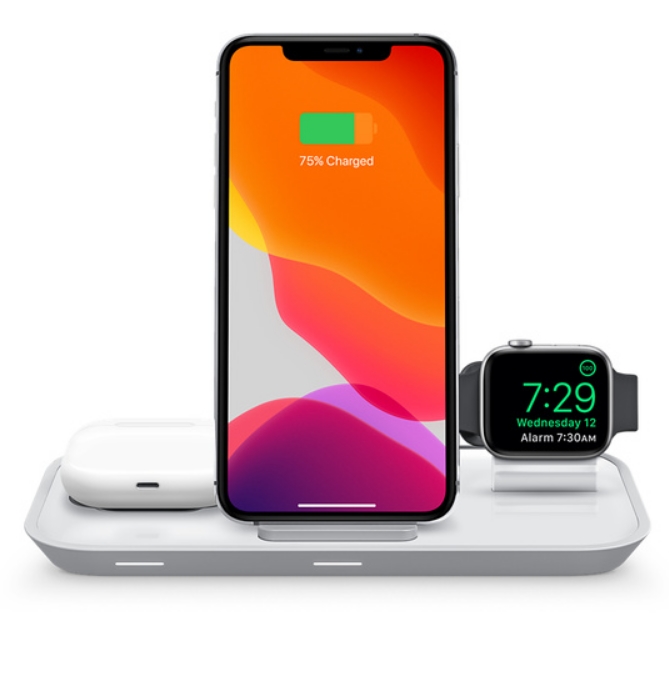
This feature has become essential to the latest generation of phones and people’s expectations.
Who doesn’t mind that moment when you need to have your mobile fully charged and suddenly the battery is running out! And even worse, you don’t have a cable or a power outlet to plug in your phone. Or you are using your mobile browser while driving, and you run out of battery.
Well, we welcome you to the world of wireless charging. The device will save you in those stressful moments due to running out of battery when listening to your favorite music, while you are driving, or even when you have to answer that important call.
The wireless charger can create an electromagnetic field, which allows the receiving device, our smartphone, to receive that energy and convert it into an electric current to recharge the battery.
If you wonder how it works in detail or what its specific advantages are? In this article we will try to give you a clear and complete answer.
Wireless Charging: The Invention
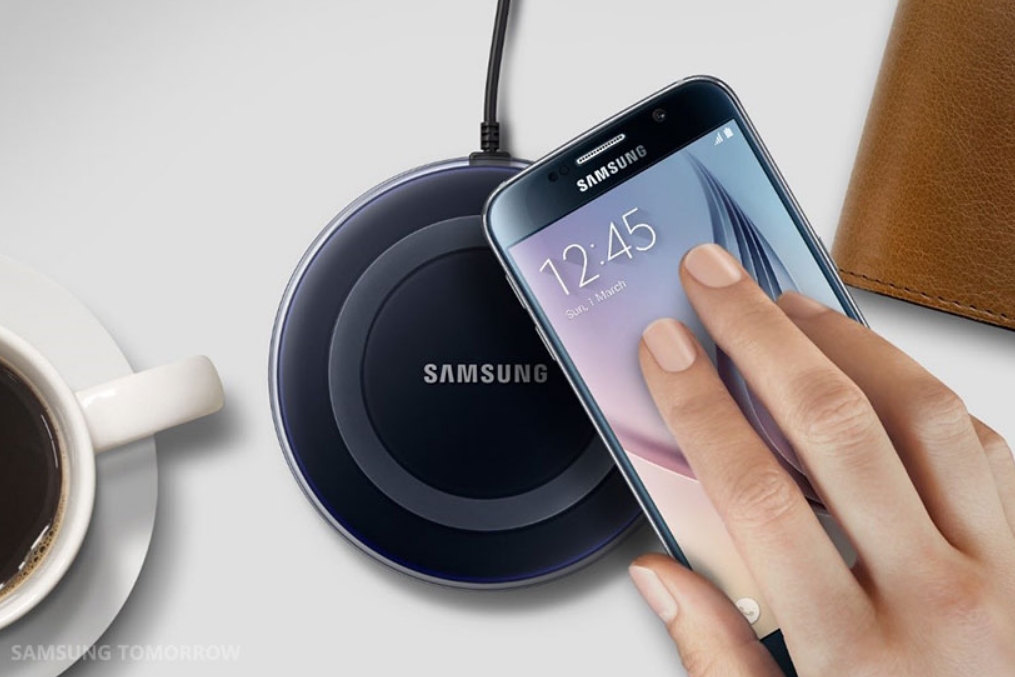
Although having a phone with wireless charging seems to be an innovative concept resulting from the most recent discoveries in technology, the technology behind this principle dates back to 1890, more precisely, to Nikola Tesla.
Incredible but true, the intuition of using a wireless system to transport energy from one device to another is over a hundred years old.
In recent years, thanks also to the extensive use that has been made of the telephone or other battery-operated devices, we can see the results of this marvelous invention.
By 1890, Tesla had managed to invent and demonstrate this technology. However, due to the limitations of those times, his idea had not had any use. Needless to say, if Nikola Tesla were alive today, he would be happy to see his intelligence expanding by now.
How Does Wireless Technology Work

The principle underlying wireless technology is an electromagnetic field that allows energy to be transferred between two devices through magnetic induction. In short, this allows us to keep a phone charged thanks to the ability of a magnetic field to produce electricity.
Usually, this procedure needs a wireless charging stand or inductive wireless pad that acts as a charging station to place the smartphone or device in question.
To better explain how wireless chargers work, it is necessary to make a distinction between the two existing types: induction and resonant.
Wireless Induction Charging
Wireless induction charging mode necessarily requires the two devices, the smartphone, and the pad, to touch each other. This means that the charging coils located inside the mobile phone and the pad must be correctly aligned and connected to allow the passage of power from one device to another.
For this method to work, the key is magnetic induction and the procedure can be summarized in these points:
A transmitting coil within the wireless pad sends a signal which is then received by the charging phone.
The induction, therefore the passage of energy, begins and the electrons present in the coil of the pad begin their movement to create a magnetic field.
This magnetic field is then detected by the electrons present in the smartphone’s coil and, as a result, they too begin their movement, effectively creating the electricity that recharges the device.
Resonant Wireless Charging
The principle and modes of operation underlying resonance wireless charging are roughly the same as those just discussed for induction charging. The biggest difference is that, in this type of charging, the phone does not necessarily have to be aligned and connected correctly with the wireless charging stand, but can be kept at a distance from it, allowing for contactless charging.
However, it must be taken into account that the strength of the magnetic field is inversely proportional to the distance, so it tends to decrease significantly when the latter increases. For this reason, if you want your smartphone to receive a powerful and fast charge, be sure to keep it close to the pad.
What is a Qi Certified Charger?

With wireless charging, users no longer have to use different chargers for different models of smartphones. Several standards were discussed at an early stage in the industry, and now the Qi standard is mostly in place for inductive charging.
Qi International Standard
Qi is Chinese for the circulating vitality of the body. This industry standard is defined by the Wireless Power Consortium (WPC) and includes companies like Samsung and Apple. The Qi standard defines the technical conditions that chargers and devices must follow. In addition, the Qi standard is responsible for the safety standards established to guarantee and preserve both the devices and the consumers themselves.
Also, it allows minimizing the risks associated with the use of this technology.
To avoid malfunctions, device damage, and excessive overheating of the pad or smartphone, it is always highly recommended to purchase only Qi-certified devices.
When the charger coil detects the presence of a compatible phone with this type of charge, thanks to an intermittent signal that sends, waiting for a response, and begins the transmission of energy through the magnetic field.
This way the energy passes from the charger to the mobile phone without any cable, just thanks to magnetism.
With a Qi certified charger, you can charge any Qi-compatible device such as a smartphone, wireless earphone, smartwatch, etc.
Which Phones Are Compatible With Wireless Chargers
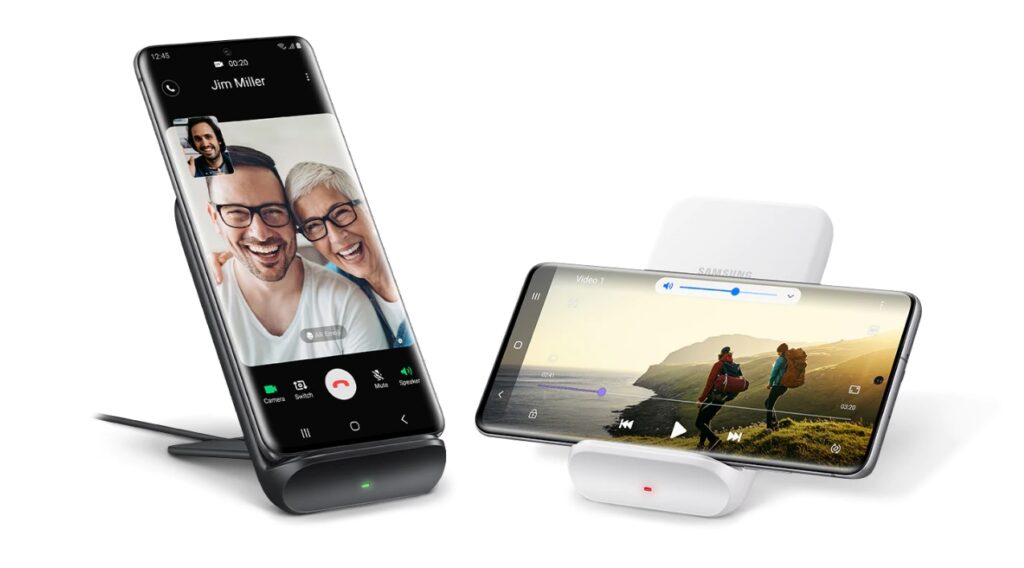
You will ask yourself: what type of mobiles support this wireless charging?
The answer is all mobile phones that have Qi technology integrated. Also, all those smartphones that use a receiver or mobile phone case with Qi technology.
Currently, all the big manufacturers are releasing phone models that support wireless charging. But many times only, high-end mobile phones come with this feature. Among them, Apple phones stand out.
The iPhone 8 is Apple’s first iPhone with wireless charging capability.
From then, until the launch of the iPhone 12 Pro Max last year, all released iPhones have wireless charging capability. This feature is also present in the second generation Airpods upgraded by Apple in 2019. And all Apple watches.
Also, since the launch of the Galaxy S6 / S6 Edge, this feature has been included in all of Samsung’s flagship smartphones: The S series and Note series devices.
Here is a List of Popular Smartphones that Support Wireless Charging
Smartphones
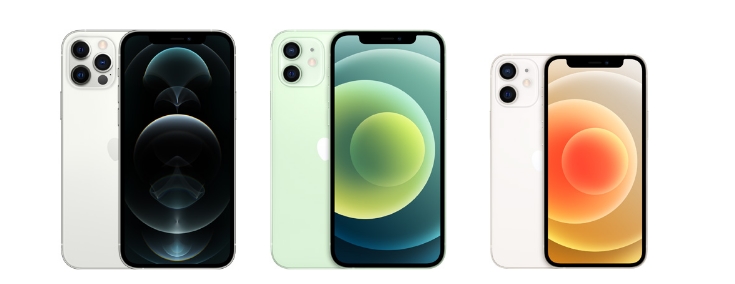
| iPhone 12 mini | iPhone 12 |
| iPhone 12 Pro | iPhone 12 |
| iPhone 12 Pro Max | iPhone 12 Pro |
| iPhone 11 Pro | iPhone 11 |
| Galaxy S20 | Galaxy Note 20 5G |
| Galaxy S20+ | Galaxy Note 20 Ultra 5G |
| Galaxy S20 Ultra | Galaxy Note 10+ |
| Galaxy Z Flip | Galaxy Note 10 |
Smart Watches
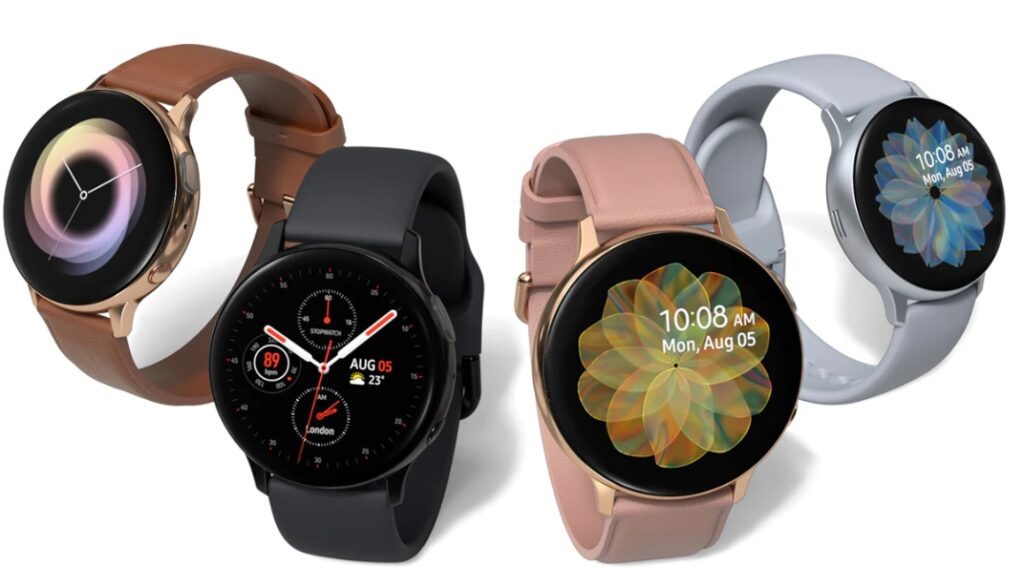
| Galaxy Watch Active 2 | Apple Watch Series 1 to 6 |
| Galaxy Watch Active | Fossil Gen 5 Carlyle |
| Gear Sport | Moto 360 (2nd Gen) |
| Gear S3 | Fossil Gen 5 Carlyle |
| Galaxy Watch | Huawei Watch GT 2 Pro |
Ear Buds

| Galaxy Buds Pro | Airpods Pro |
| Galaxy Buds Live | Airpods |
| Galaxy Buds+ | Galaxy Buds |
Reverse Wireless Charging
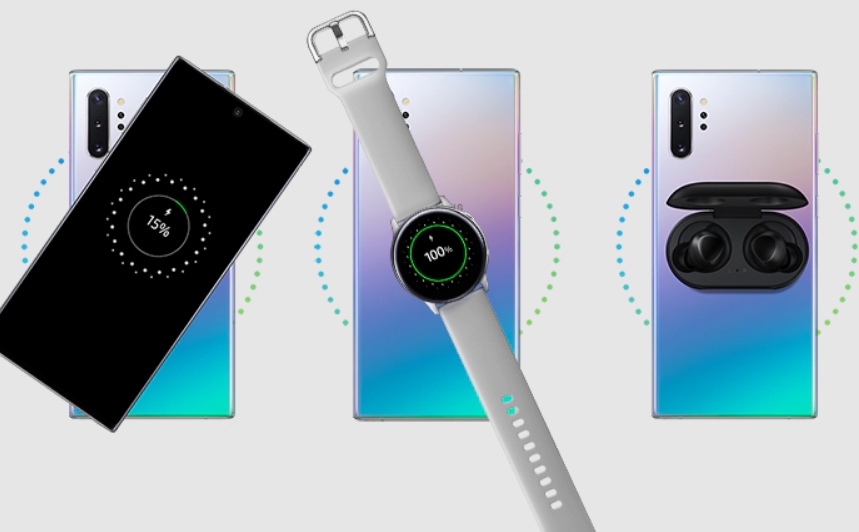
Samsung Reverse Wireless Charging: Note10 to Smartphone and other Qi Certified Wearable Devices
The reverse wireless charging function is also called “reverse charging” and refers to the function of flowing power from a smartphone to another device to charge it.
With this function, it is possible to distribute the battery power from a host smartphone to another smartphone, smartwatch, or any Qi-enabled device on it.
The reverse charging function is available on a small number of smartphones with high battery capacity.
For example, Samsung Galaxy S20, S20+, S20 Ultra, Z Flip, Note10, Note10+, S10e, S10, S10+, and Fold has a reverse charging function called “Wireless Power Share”, and HUAWEI smartphones also have a similar function called “Wireless Reverse-Charge”. Huawei devices supporting reverse wireless charging include HUAWEI P40 Pro, P40 Pro+, Mate 30 RS, Mate 30 Pro, Mate 30, P30 Pro, Mate 20 Pro, etc.
Pros and Cons of Wireless Charging
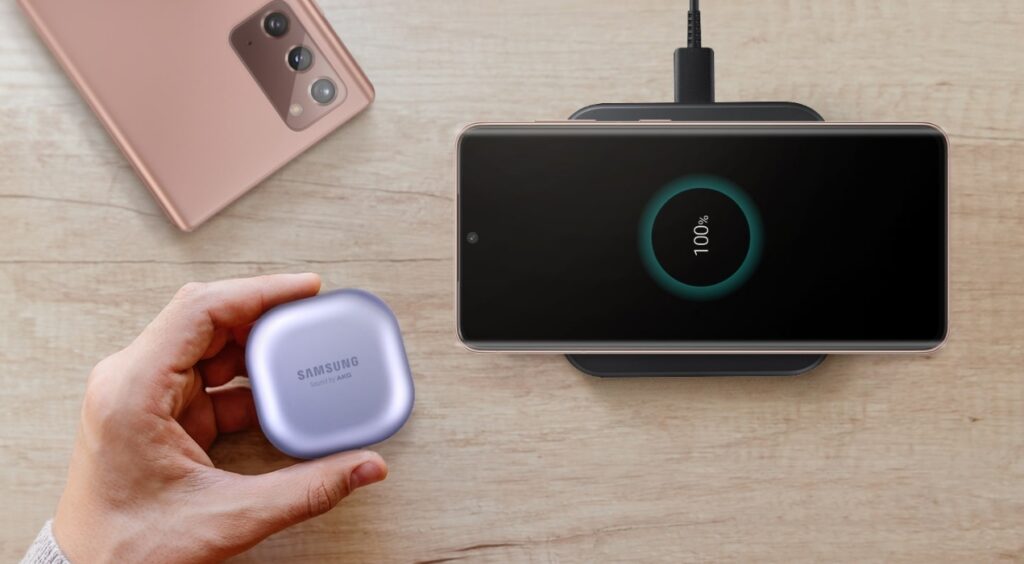
Advantages
- Fewer cables: wireless charging is based on the absence or reduction of the number of charging cables used to charge a device.
- Universal compatibility: Wireless charging is compatible with more than 50 smartphones from various manufacturers, from Apple and Samsung to Xiaomi and Nokia.
- High durability: the absence of cables means that the charging bases last longer and suffer low damage.
- Not overheating: Qi certified charging devices are immune to overheating.
Disadvantages
- Induction pads still use a cable to charge the base.
- Some energy is lost through induction, which means that the process may be slower.
- While charging, the device is hard to use, as the phone must be on or near the pad.
- The price of these charging bases is higher than an ordinary smartphone charger.
Conclusion
As with most things, wireless charging has its pros and cons. This charging method turns out to be cleaner, in the sense that there will be fewer cables and wires scattered throughout the home or office, however, should also be noted that it will not be possible to use your phone during the charging process.
For this reason, to take full advantage of the benefits of wireless charging, it is currently recommended to use it in places where you spend a lot of time without using your smartphone. For example, if you are using your phone as an alarm clock in the morning, it may be a good idea to charge the device wirelessly at night by placing the holder on your nightstand and letting the device charge while you sleep.
Alternatively, wireless charging is also beneficial when using more than one device. The pad’s universal compatibility will allow you to recharge one smartphone while using the other device.


